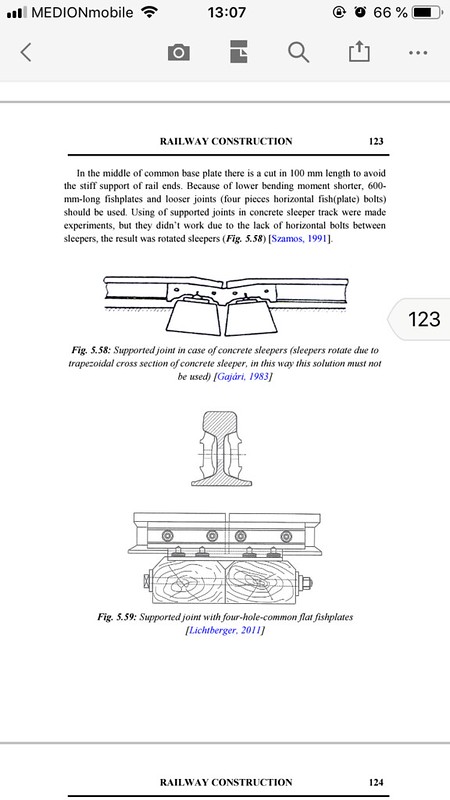I have started comparing rails and sleepers and have started to measure different manufacturer's rails in order to see which one to be using for dioramas in the future and purchase in bulk...
I have taken a look at Trumpeters and MiniArts rails of German kits, therefore representing the Vignolrail S49, and Armor35 regauged russian rails, therefore they should represent R50 or R65? I am not familiar with Russian rails during WW2... Does anyone have interesting links and insights which one they were really using?
Here are the dimensions and designs of the three manufacturers that I have measured yesterday. I added the Armor35 in the lot, just for the comparison, but as stated before, I guess it should represent something else and not S49, but rather some Russian standard Vignolrail. Funnily, it does represent S49 in the best manner however.
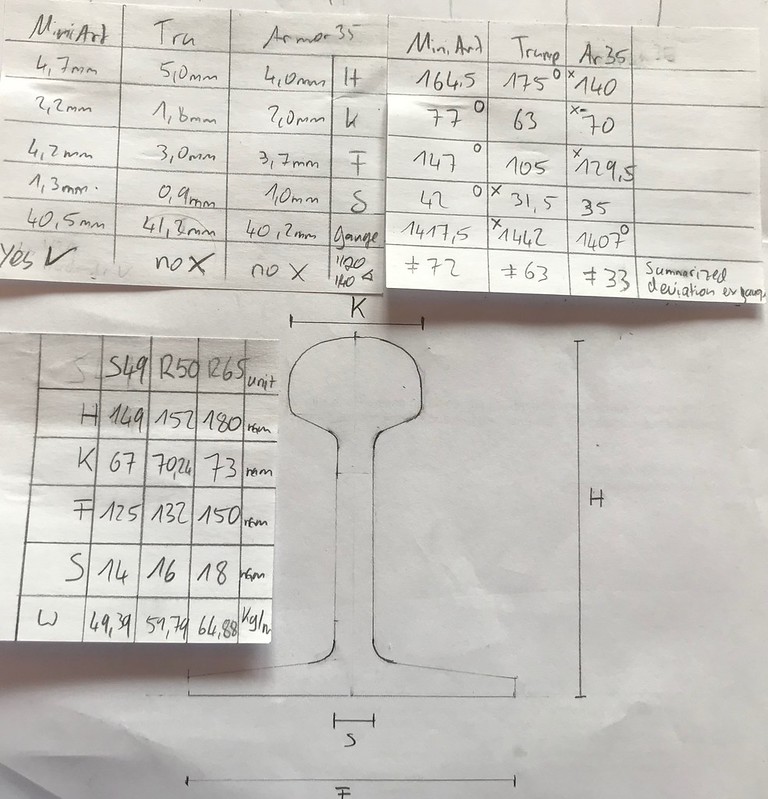 S49 rail track comparison by Stefan, auf Flickr
S49 rail track comparison by Stefan, auf FlickrTop left: 1/35 measures in mm of the kits.
Top right: measured 1/35mm scale scaled to 1:1 in mm
Bottom left: Correct measures based on actual manufacturer details

Left: Trumpeter
Centre: Armor35
Right: MiniArt
Another insteresting thing: Modern German rails do have a 1/40 wedge towards the interior:
 *
*Historically, this was as much as 1/20, so "much" steeper. MiniArt has this angle immplemented with their rails, no other of these manufacturers does...
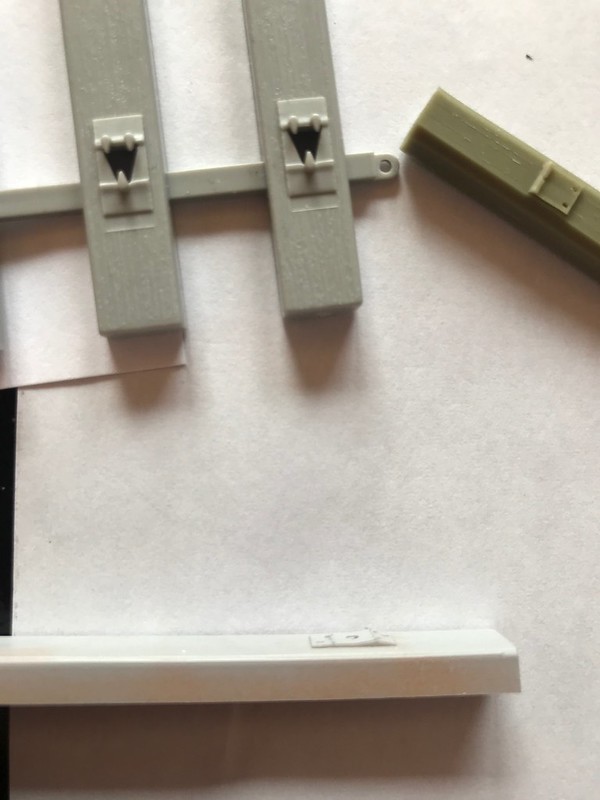
The S49 (49kg/metre) had been the standard rail in Germany from 1920 to 1963... Later tougher steel and heavier rails like the S54 (54kg/metre) from 64 on and the UIC60 rails for heavy duty tracks from 1970 onwards.
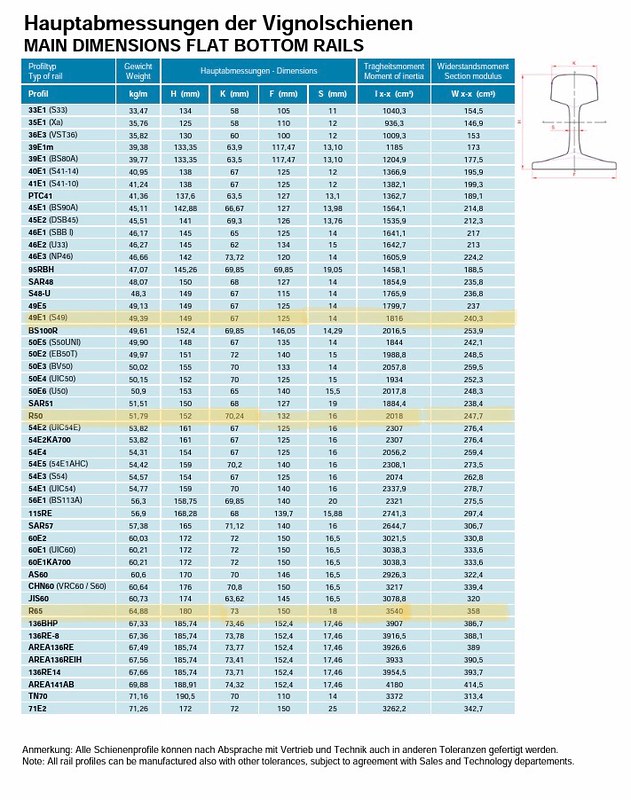 **
**Here some steel and pressure analyses and the steel's impact on speed and load.
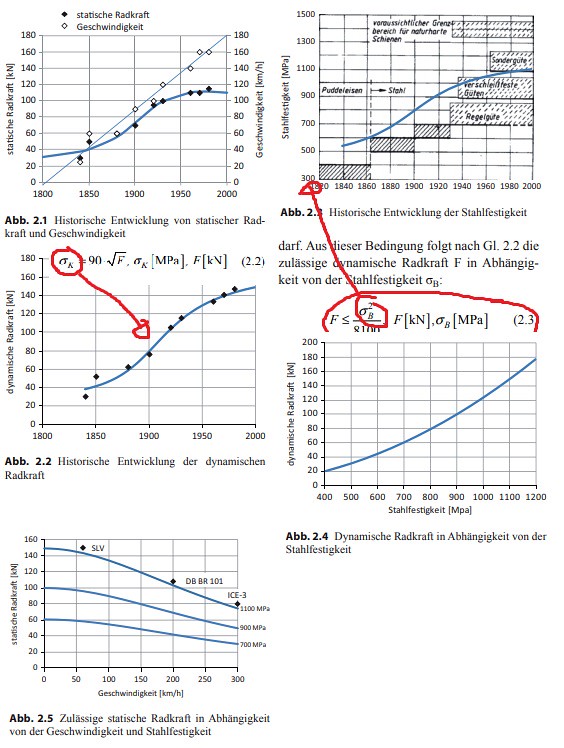 ***
***Some old rails in the black forest here are still using S49 today. As there is not too heavy and only slow (150kph and slower) traffic, lighter rails can still be used.
So what are your ideas and suggestions? I am just starting to learn things about rail profiles and stuff, so please hep me fill in the gaps and let me know if I got sth wrong.
* Dr. Szabolcs Fischer, B. E., Z. K. and A.N. - Railway Construction, Györ, 2015 p130
** https://www.voestalpine.com
** Springer - Lothar Fendrich Wolfgang Fengler: Handbuch Eisenbahninfrastruktur p 39-46














